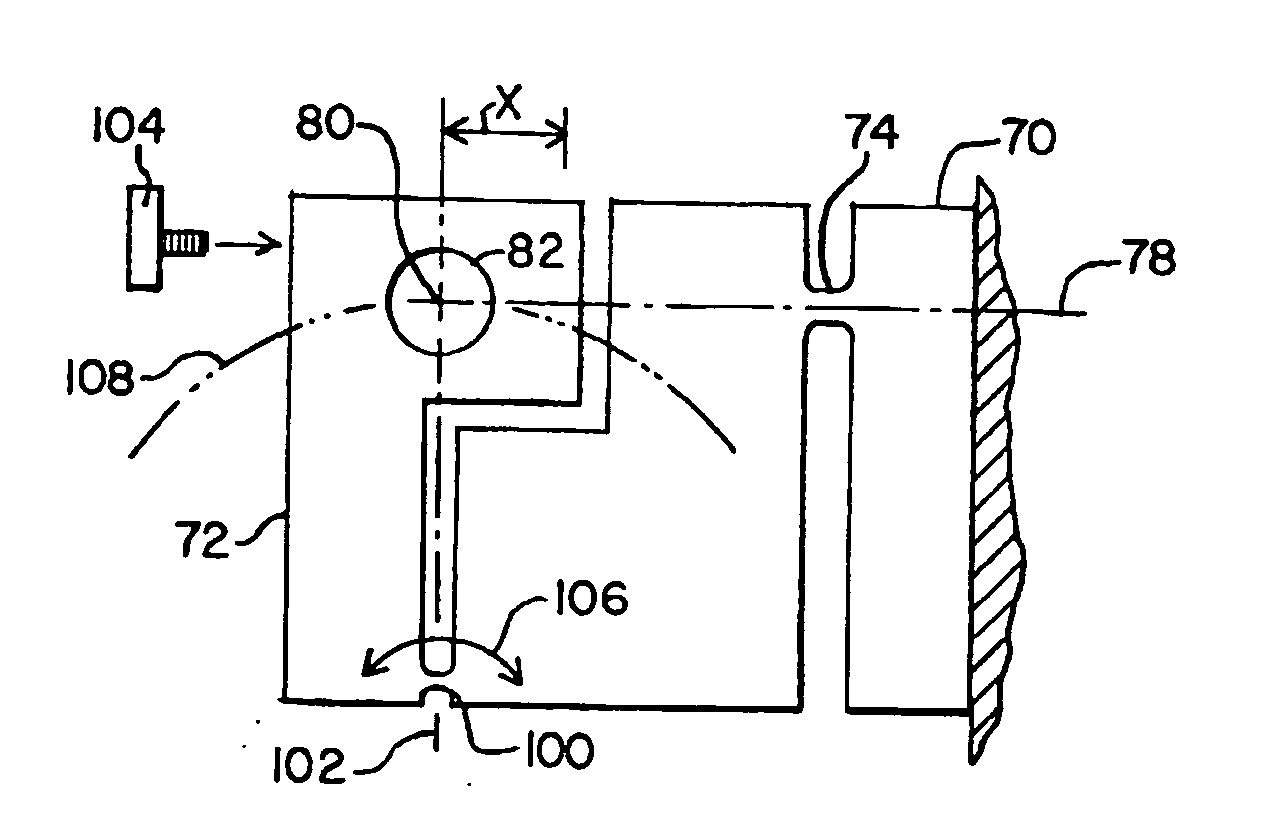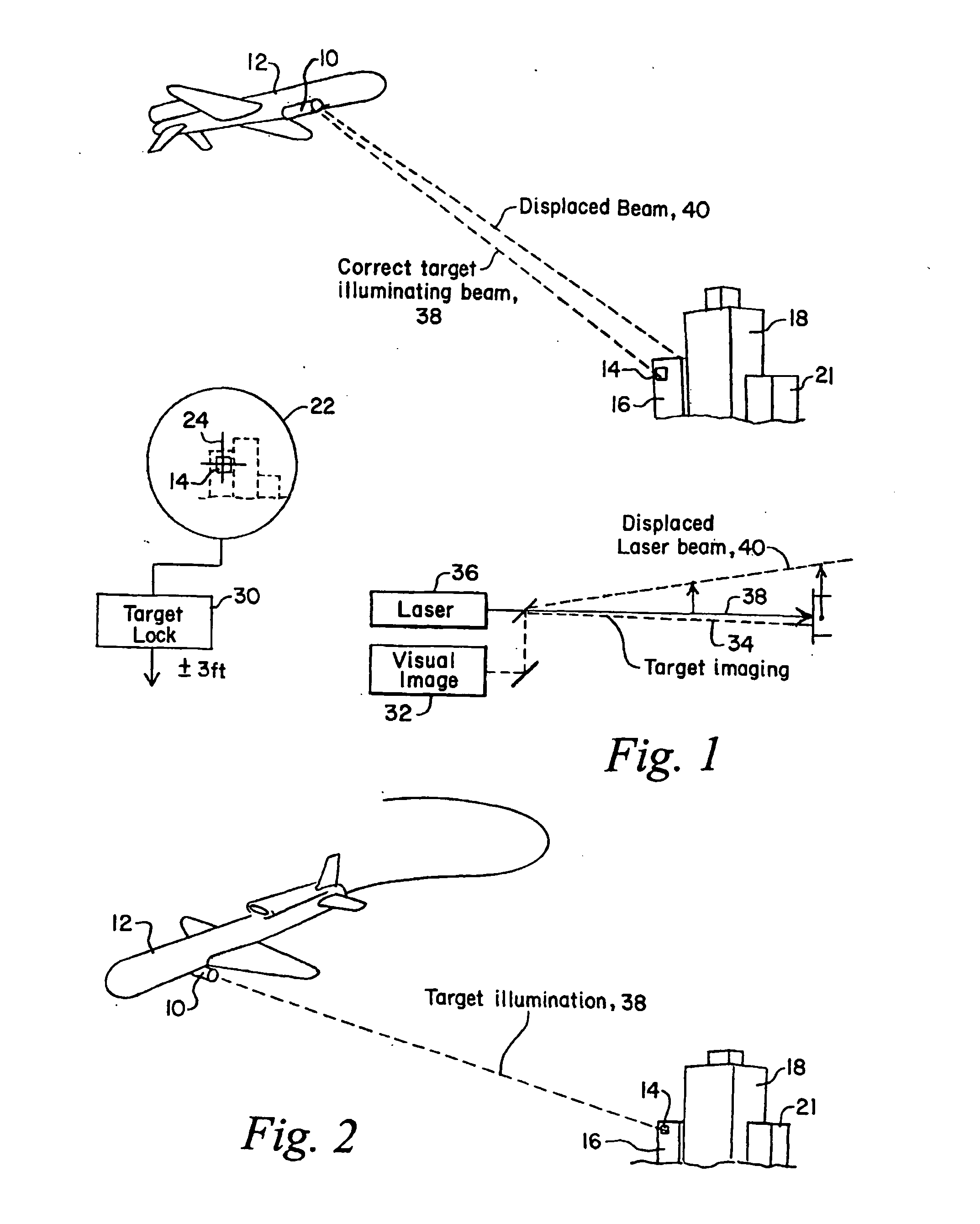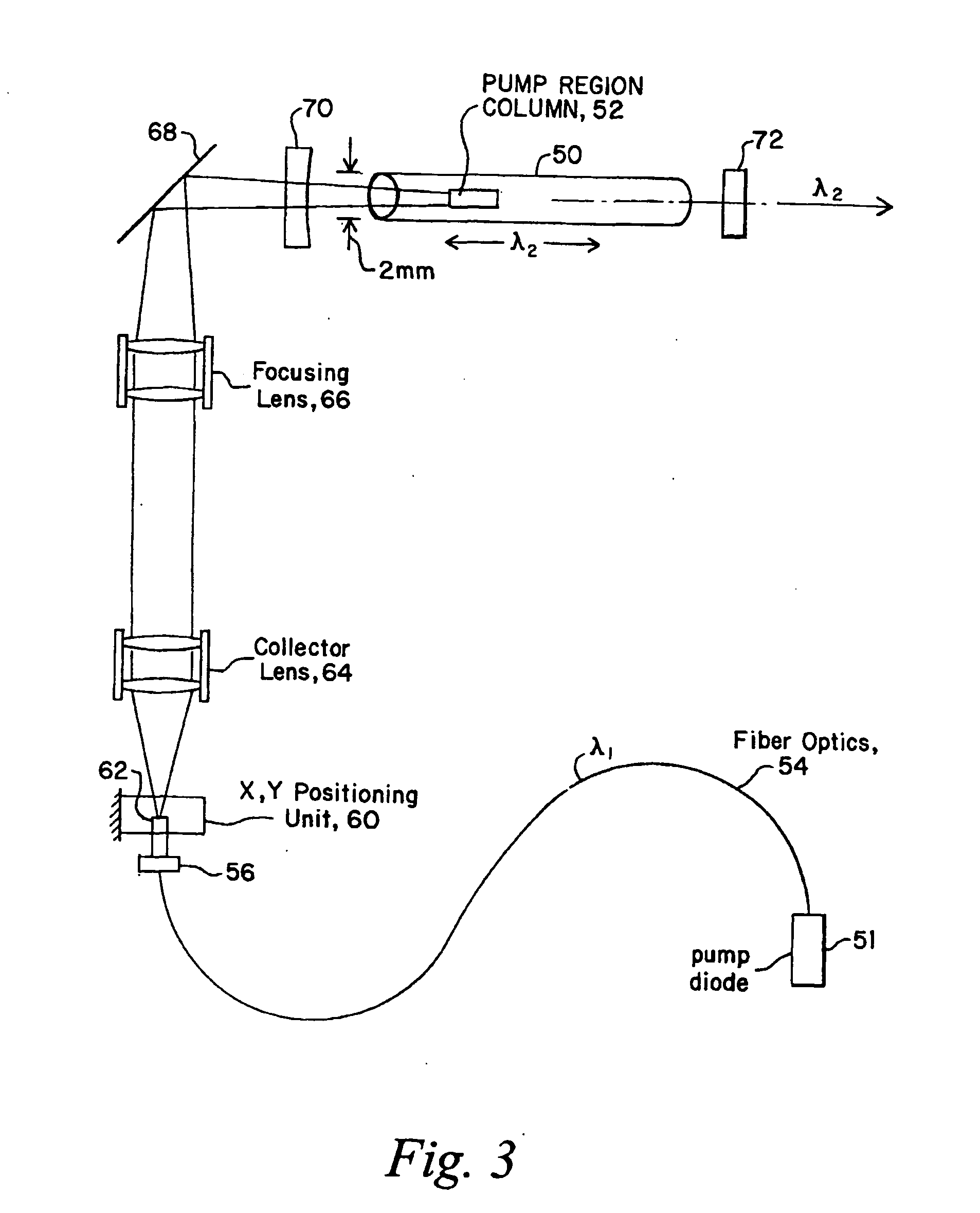Ultra stable optical element x,y, positioning unit for use in harsh environments
a technology of positioning unit and optical element, applied in the field of precise alignment of optical elements, can solve the problems of insufficient robustness of laboratory alignment fixtures when used outside the laboratory, affecting the previously made adjustments, and the typical deployment of these types of hinges is not particularly well suited, etc., to achieve the effect of reducing the thermal resistance of the clamping plate, reducing the area, and high pressur
- Summary
- Abstract
- Description
- Claims
- Application Information
AI Technical Summary
Benefits of technology
Problems solved by technology
Method used
Image
Examples
Embodiment Construction
[0034] Referring now to FIG. 1, in a tactical situation an airborne laser target designator 10 is carried by an aircraft 12 which is utilized to illuminate a target 14 which may be a particular window in a building 16 surrounded, for instance, by a stack 18 and an outlying building 21.
[0035] During the laser target designator process, the aircraft, which may be standing off by as much as one mile, acquires the visual image of the target on a screen 22 having a crosshair in the center thereof. The entire optical system is maneuvered around so as to visually center the illuminated target, namely window 14 on crosshairs 24. When the crosshairs designates the intended target, a target lock system 30 is engaged to have the laser target designator lock onto the target, in this case window 14, at which point a laser beam is projected towards the target.
[0036] The laser target designator includes a visual image system 32, which has as its boresight dotted line 34. It will be appreciated t...
PUM
 Login to View More
Login to View More Abstract
Description
Claims
Application Information
 Login to View More
Login to View More - R&D
- Intellectual Property
- Life Sciences
- Materials
- Tech Scout
- Unparalleled Data Quality
- Higher Quality Content
- 60% Fewer Hallucinations
Browse by: Latest US Patents, China's latest patents, Technical Efficacy Thesaurus, Application Domain, Technology Topic, Popular Technical Reports.
© 2025 PatSnap. All rights reserved.Legal|Privacy policy|Modern Slavery Act Transparency Statement|Sitemap|About US| Contact US: help@patsnap.com



